Game Changer: Facebook Tells Pharma Brands They Must Allow Comments by August 15, 2011
Facebook’s dramatic move to engage pharma
Facebook told pharmaceutical companies as of August 15, they will no longer be able to disable the comment feature on their Facebook pages. Up until recently, pharmaceutical brands could seek permission from Facebook to disable comments on their Facebook pages, citing compliance and regulatory concerns to control content on their pages. The only exception is that pages specifically dedicated to a prescription drug will be given approval by Facebook to disable comments.
This is Facebook’s attempt to create an open dialogue forum and is a testament to the power of social media.
Era of Digital Engagement – The Voice of the Consumer
Pharmaceutical companies are finding themselves in an era of seismic change. Power is shifting from the advertiser’s voice (pushing products at us) to the voice of the empowered consumer.
Integrating marketing budgets to meet objectives
We know that a brand’s marketing budget should represent the funding required to achieve the marketing objectives. Integral to the budget setting process is the understanding that the primary goal is to define and execute the most effective and efficient programs to achieve objectives, e.g., what’s the best way to spend the money? Below is a list of ways pharma can start on a new, more efficient path to spending billions of marketing dollars.
Hint: TV doesn’t die but social media gets a life in Pharma’s world.
7 Ways Pharma can Change their Marketing Budget Allocation to More Effectively & Efficiently Reach Physicians, HCPs and Consumers
1. Facebook: In light of recent changes by Facebook, pharmas need to maintain a separate key messaging Facebook page from their prescription drug page. At its core, social media is about listening and engaging your community. Pharma can have it both ways: engage consumers in social media and maintain a brand presence on Facebook. The opportunities for engaging with compelling content are enormous but you need a social media strategy blueprint to maximize the opportunities.
A great quote from Jim Dayton, senior director of emerging media for InTouch Solutions, a pharma-centric digital-marketing agency appearing in Ad Age:
“We’re standing on the sideline of a nice fight between two 800-pound gorillas”
Jonathan Richman, group director-insights and planning for Cincinnati-based agency Possible Worldwide, also said, some pharma companies already have comments enabled on their Facebook pages and it has yet to result in an FDA warning letter. “How much risk do the comments others leave on your posts incur? I’d argue that they produce very little risk,” he said.
2. Maximizing the use of digital channels: Pharmaceutical companies are seeking ways to reduce reliance on a large (expensive) sales force. Meanwhile, other industries are moving dollars out of traditional media toward less expensive and more efficient interactive options. Opportunities abound to leverage a wealth of information available to doctors via social and digital channels. Forrester asked marketers (US Interactive Marketing Forecast Online Survey) “In the next three years, do you think marketing’s effectiveness will increase, stay the same, or decrease” for a range of interactive and traditional marketing tactics. Over 90% of marketers said “created social media” would increase. Less than 20% said use of traditional marketing tactics (television, direct mail, print, etc) will increase. Clearly, dollars are continuing to flow out of traditional channels into digital and social media channels. And, TV doesn’t die but social media gets a life in pharma’s world.
3. New technology: The iPad is shaping up as the new game changer in the medical field. Brands have many new ways to reach and engage physicians. This situation provides an excellent opportunity to develop new apps that appeal to physicians. Chilmark Research estimates that 22% of doctors in the U.S. were using iPads by the end of 2010. Per health marketing company Aptilon, 4 out of 5 doctors surveyed said they planned to buy an iPad this year (2011). More than 200 million mHealth applications are in use today, and that number is expected to increase threefold by 2012. Why is this important? More than 90% of all physicians are using a smart phone. Mobile advertising represents a new channel for pharma marketers.
4. Convert Listening into Actionable Knowledge: Using sophisticated monitoring tools, brands can now determine brand sentiment, themes of conversations, how patients discuss the complexities of treatment of various drugs, the core messages that resonate with consumers, what is important, etc., all impacting their brands in the marketplace. For example, Crimson Hexagon, a leading social media analysis firm employs a unique semantic analysis algorithm, which enables them to measure public opinion from unsolicited data. The company uses sophisticated algorithms and dynamic dashboards to dig through and track massive amounts of information in real-time. CEO, Scott Centurion says the analysis runs as high as 97% accuracy (FastCompany). Next step: through management and analysis of social media data, you can begin to activate and recalibrate your marketing programs.
5. Improve your Online presence: Work to breathe some life into tired, out-of-date websites. Create an integrated blog, sharpen your Facebook strategy, and develop a sustainable presence on Twitter and LinkedIn. The time to master these tools is now. Social media channels represent an excellent way to transform your business. The power of a ‘Like”, follow, re-tweet, reply/comment on your blog or opt-in to your email list all count as social interactions that strengthen your position in the market.
6. QR codes: Use them to drive your smart phone-enabled physicians, other HCP’s and consumers to valuable content. Invented in Japan by Denso Wave to track vehicle parts, now QR codes are gaining considerable traction in the U.S., as a high percentage of Facebook and Twitter users claim to have scanned a mobile bar code multiple times in the past year. QR codes are appearing on everything from packaging and point-of-purchase displays to marketing communications to business cards.
 7. Strategic integration of traditional, digital and social media: It is absolutely critical to integrate social media marketing and digital into your traditional marketing plan. This is hard, roll-up-your sleeves work but will result in more effective use of your marketing budget.
7. Strategic integration of traditional, digital and social media: It is absolutely critical to integrate social media marketing and digital into your traditional marketing plan. This is hard, roll-up-your sleeves work but will result in more effective use of your marketing budget.
Waiting for Godot?
As reported by John Mack, Pharma Marketing Blog, the FDA dropped social media from its 2011 guidance agenda. Missing from this year’s agenda is “Promotion of Prescription Drug Products Using Social Media Tools”, which was on the 2010 Agenda. Some might say, this is like sort of like “Waiting for Godot”.
Facebook is the Internet
Facebook is the Internet. You may think this is a provocative statement and rightfully so. This post isn’t meant to argue for or against this point. Rather, it’s to argue another point which is, regardless of the platform, social media is here to stay. Companies will either interact with the community or cease to exist, regardless of their industry or size. I would encourage you to download The L2 Prestige 100®: Facebook IQ report. Perhaps, some may think this report is irrelevant to pharmas and certainly does not belong on this post, but the report, written by L2 with Buddy Media, has developed a provocative perspective on social media, and in particular Facebook. The report applauds companies that have embraced social media and is an excellent read.
“A brand is the sum total of the entire customer experience.
A collection of perceptions in the mind of the consumer.”
A brand is a reason to choose.
Future of Pharma – Building Communities and a Social Brand
Pharma brands are in an excellent position to broaden knowledge and identify opportunities to leverage social media marketing and digital channels. Create your social media marketing blueprint and start on the path to more efficient and effective use of marketing dollars. Remember, your social media policy will serve as your compass to help navigate the waters between regulation compliance and what is possible in a social media world. The time to use social media branding to build communities and fully leverage the power of social media is now. Leveraging social media is like adding an accelerant to get your marketing efforts up to social speed.




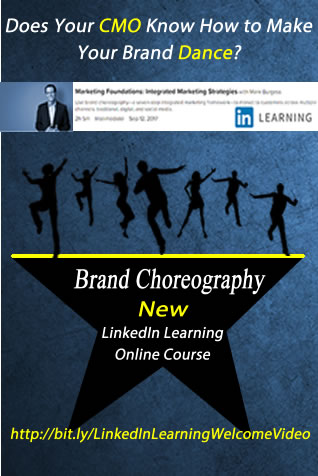


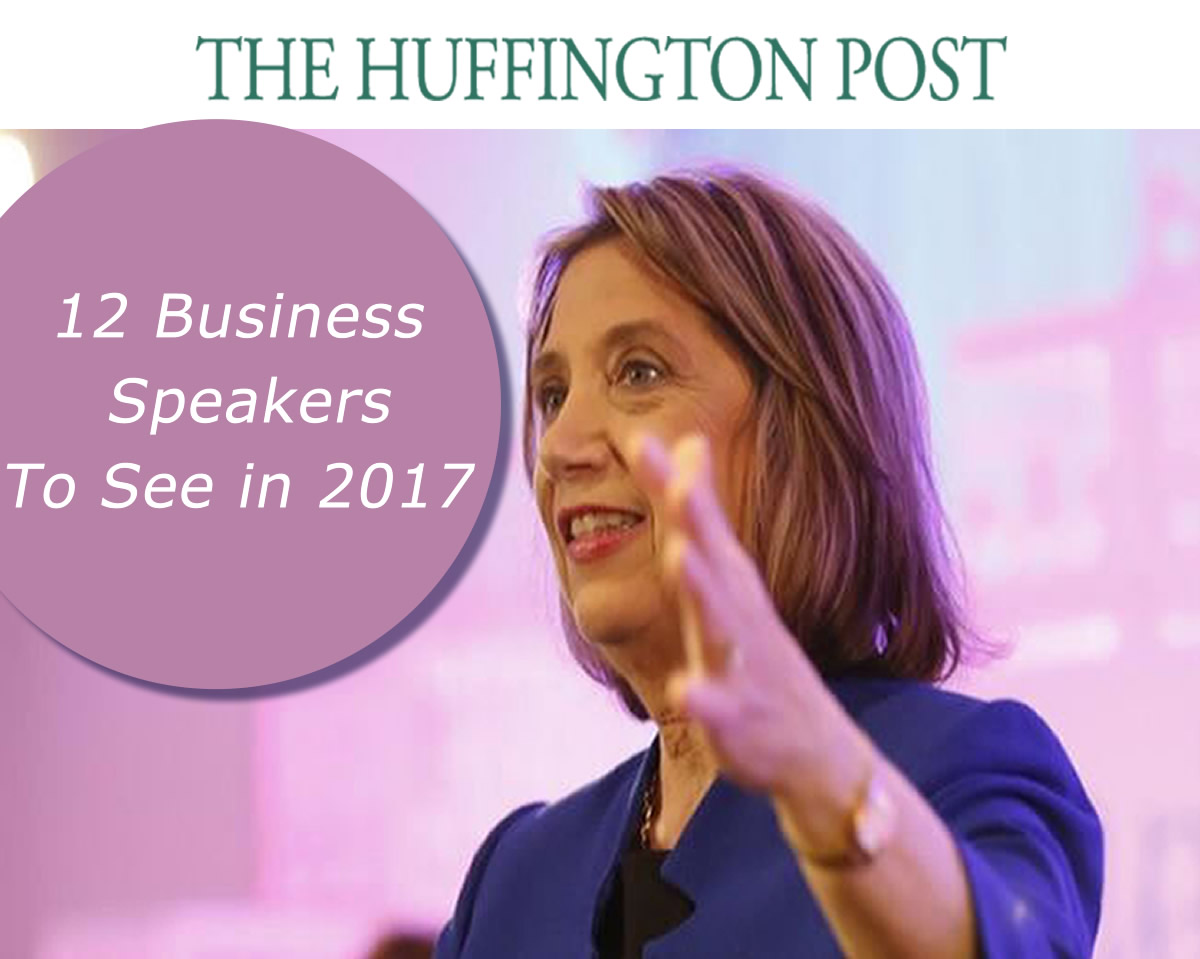
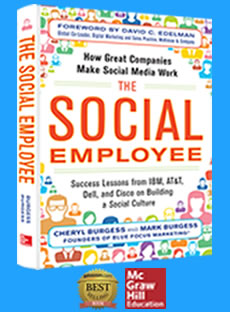

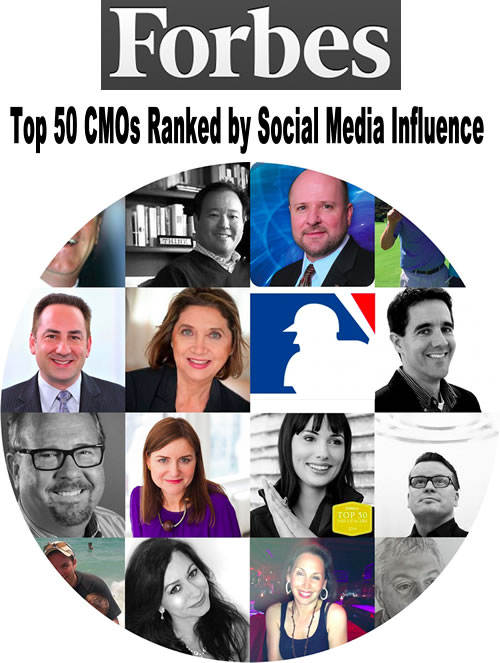
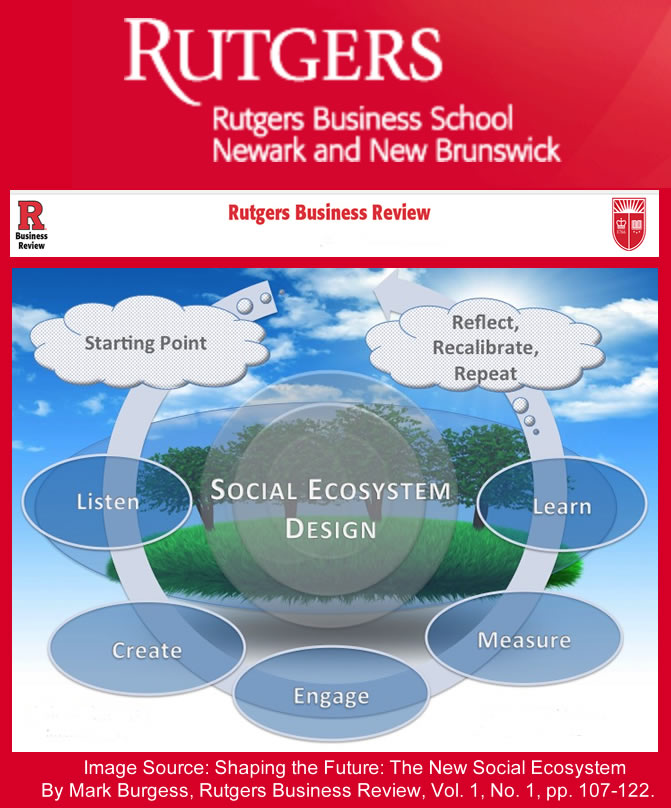
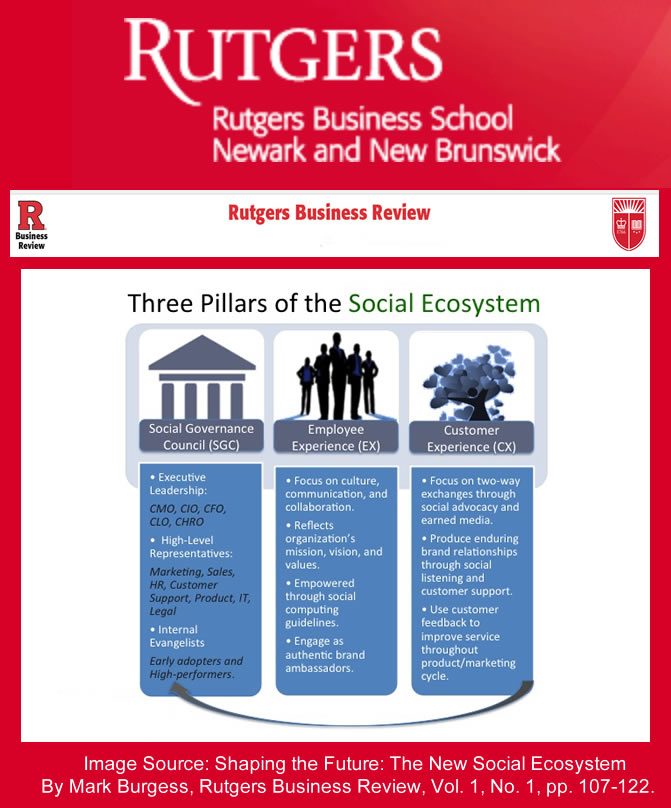
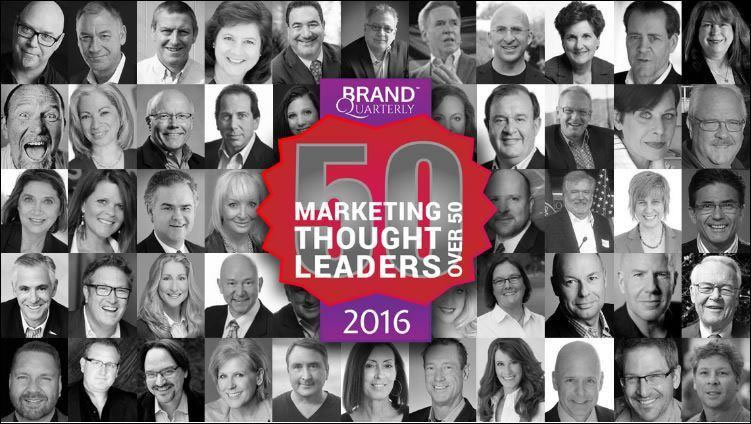



This is something that needs to be fixed. Pharma in general. It is a major reason our healthcare costs are out of control. When they started advertising directly in TV it was a mess. People should never request drugs or be allowed to. Doctor’s should be only prescribing what is best. My folks take so many pills it is ridiculous and allows them to still have unhealthy eating and exercise habits. It is very upsetting. OK rant done.
But the Facebook thing is different because it creates and easy open forum for Brands to get feedback. I am against Marketing to the Masses. But they can get real time fast feedback on drugs, side effects, positive etc via Social Media. Much faster than through Doctors. This will head off big mistakes like the PhenFen (or whatever it is called) or similar where people get hurt even after so much testing for safety.
Now I am not bullish on Facebook being around even 5 years from now. I am using Myspace as the time line. When the shut down that site I will count back the years and figure out how long Facebook has. But the technology is there for Pharma Brands to use to create communities that people can easily participate in.
Plus Drug companies do not do studies for how drugs interact with other drugs. A significant portion of the US does drugs illegally in some form whether from prescription drug abuse or street drugs and wouldn’t it be great to learn how things interact (just keep the cops off the page!)
The big issue with Pharma can be fixed tomorrow. It could save the US trillions and that is fix patent law. Currently you must file a patent when you start the testing process. 10 of the 17 years of the patent can be used up before coming to market. Which means Drug companies MUST charge through the nose to recoup their investment in just 7 years! Thus the crazy prices. What if the patent had 17 years from time it goes on the market and have 10 more years to recoup the investment costs? You would see much lower drug prices. Instead of 100, 200, 300% mark ups they could do with much less. How simple is that?
Fascinating 2-part series, Cheryl.
We have a few clients in the health care industry – not in pharma but in the manufacturing sector. It has been amazing over the last few years to see the restrictions on the relationship between our clients and people at trade shows tighten up. Some shows no longer allow you to give away prizes at your booth because that’s how illegal it is now to “bribe” health care professionals to use your products.
And yet, you still see counters at doctors’ offices covered with allegra ads.
Inconsistency in this area is scary.
I’m not sure Facebook or Twitter are the best places for pharma. I think a lot of health care providers and manufacturers are going to have better luck finding more niche forums and discussion boards where people can ask questions in a more private environment.
Thought provoking stuff. Thank you!
Hi Margie
Margie,
Thank you for your comments!
The level of change (and inconsistency) is pervasive across so many industries today and sometimes you feel like you need a compass! Indeed, I think the key is to reach and react to customer’ needs in the format they feel most comfortable. For example, the level of interactivity in the blogging world is well established. The use of live chats on Twitter is increasing every day.
Always, appreciate your ideas.
Cheryl
Great article Cheryl!
Pharma is a fascinating study. This industry has done more to improve lives than probably all others combined and thereby becomes universally reviled. (Of course MicroSoft and Wal-Mart have arguably done much for the public welfare as well…)
Your article makes a lot of sense. Pharma needs to connect with users, especially since contact with doctors is now restricted. I hate drug ads on TV, but believe that education and empowerment of users is valuable. Social media feedback can be better!
Thanks for your thoughtful framing of the issues.
As an aside “FB is the internet”. That is a topic for an article of its own! I pray it isn’t true but fear it will be…
Again, great article!
Gary
Hi Gary,
Appreciate your comments!
Agree, the TV experience is powerful but one-sided. This presents a great opportunity for pharma to connect and engage customers in new ways – social media fits that need very well.
Cheryl